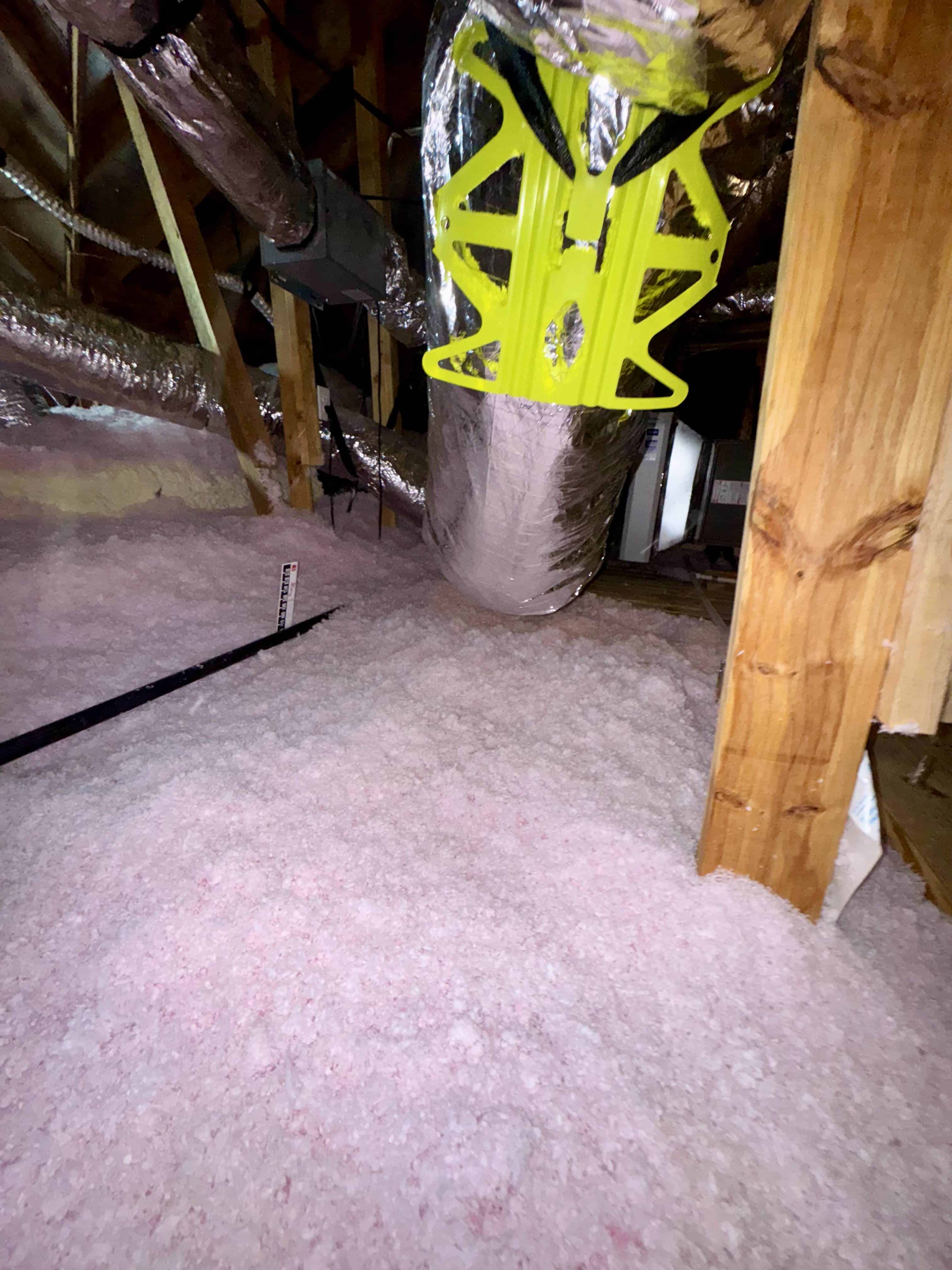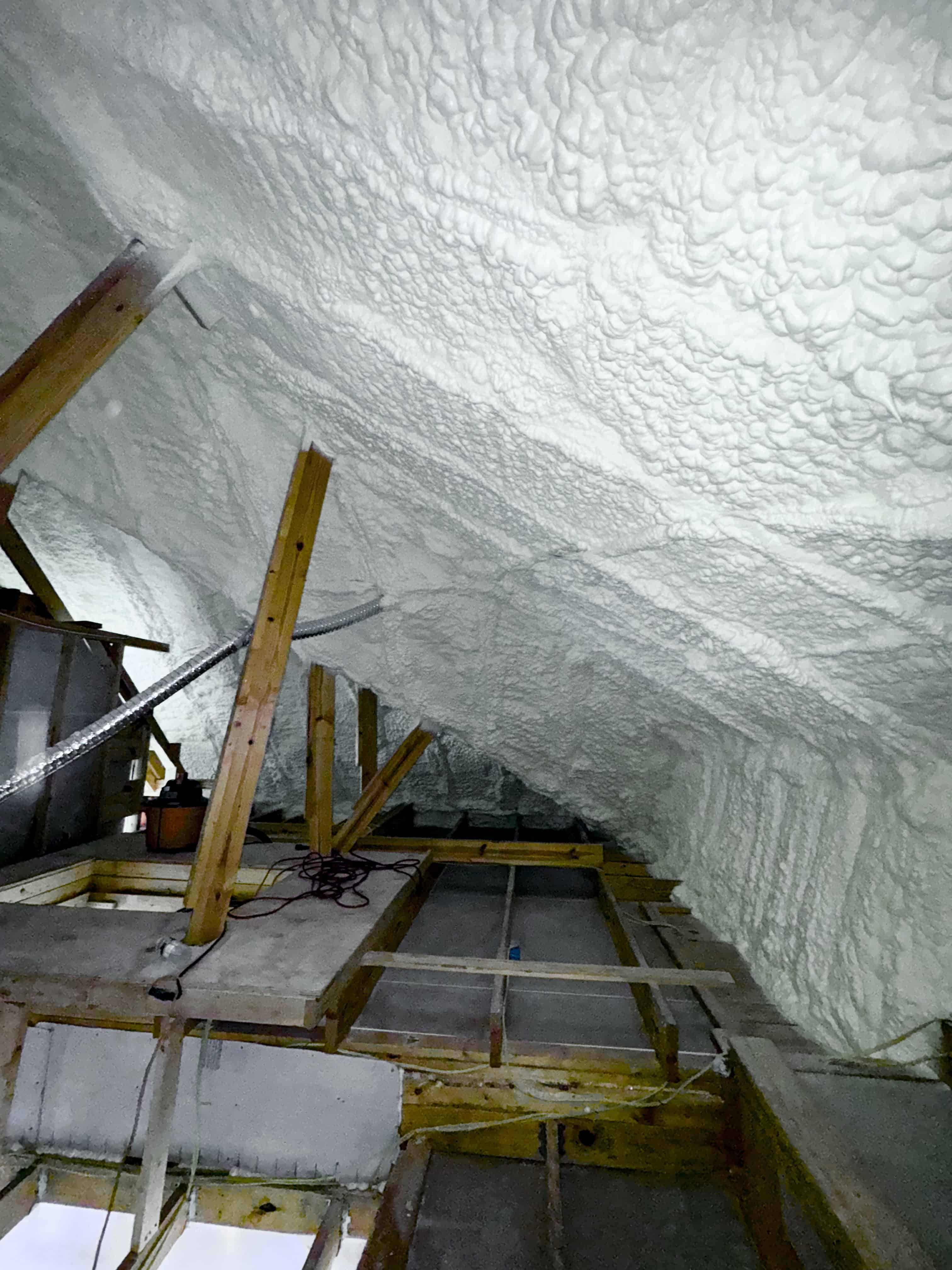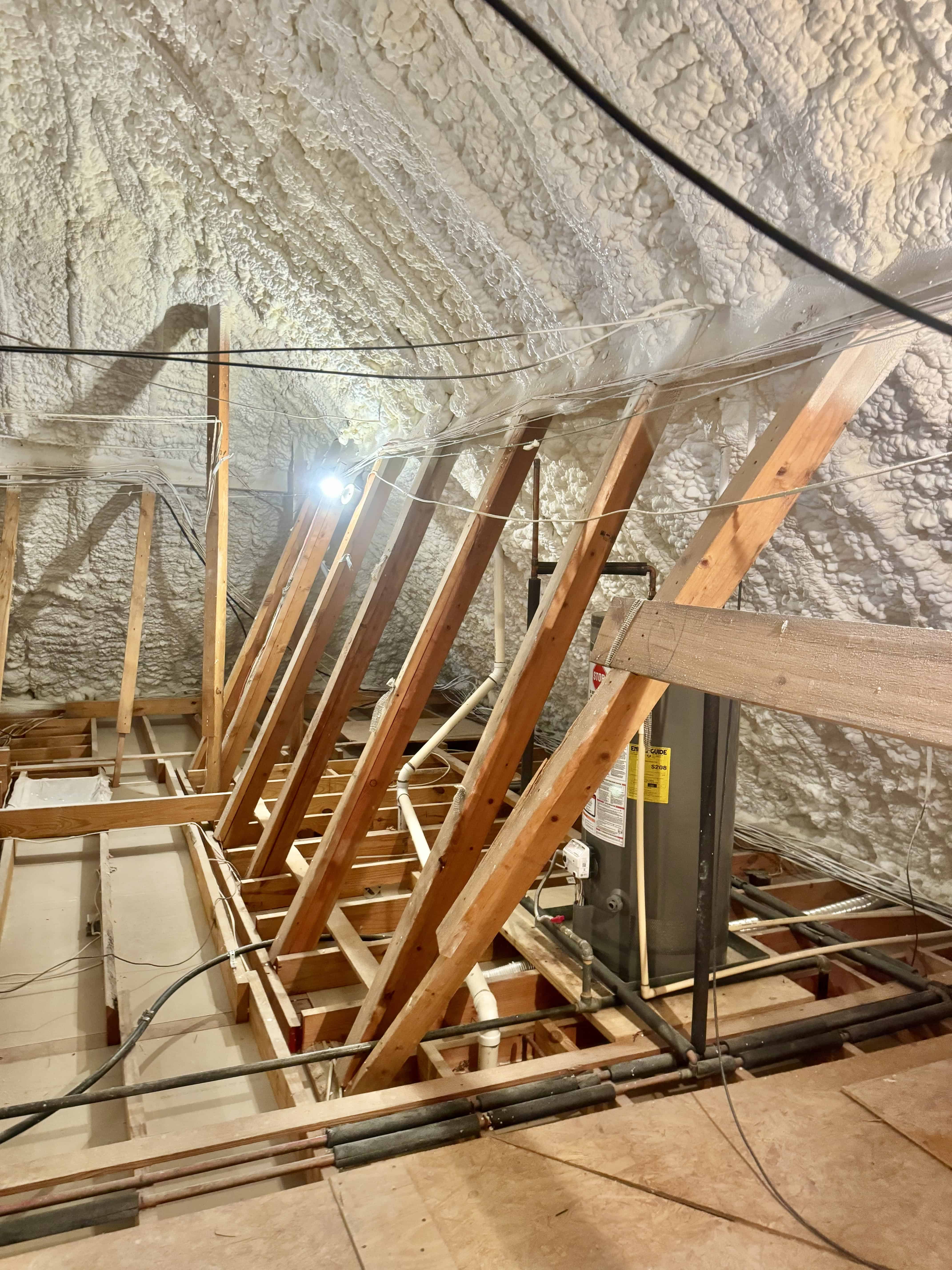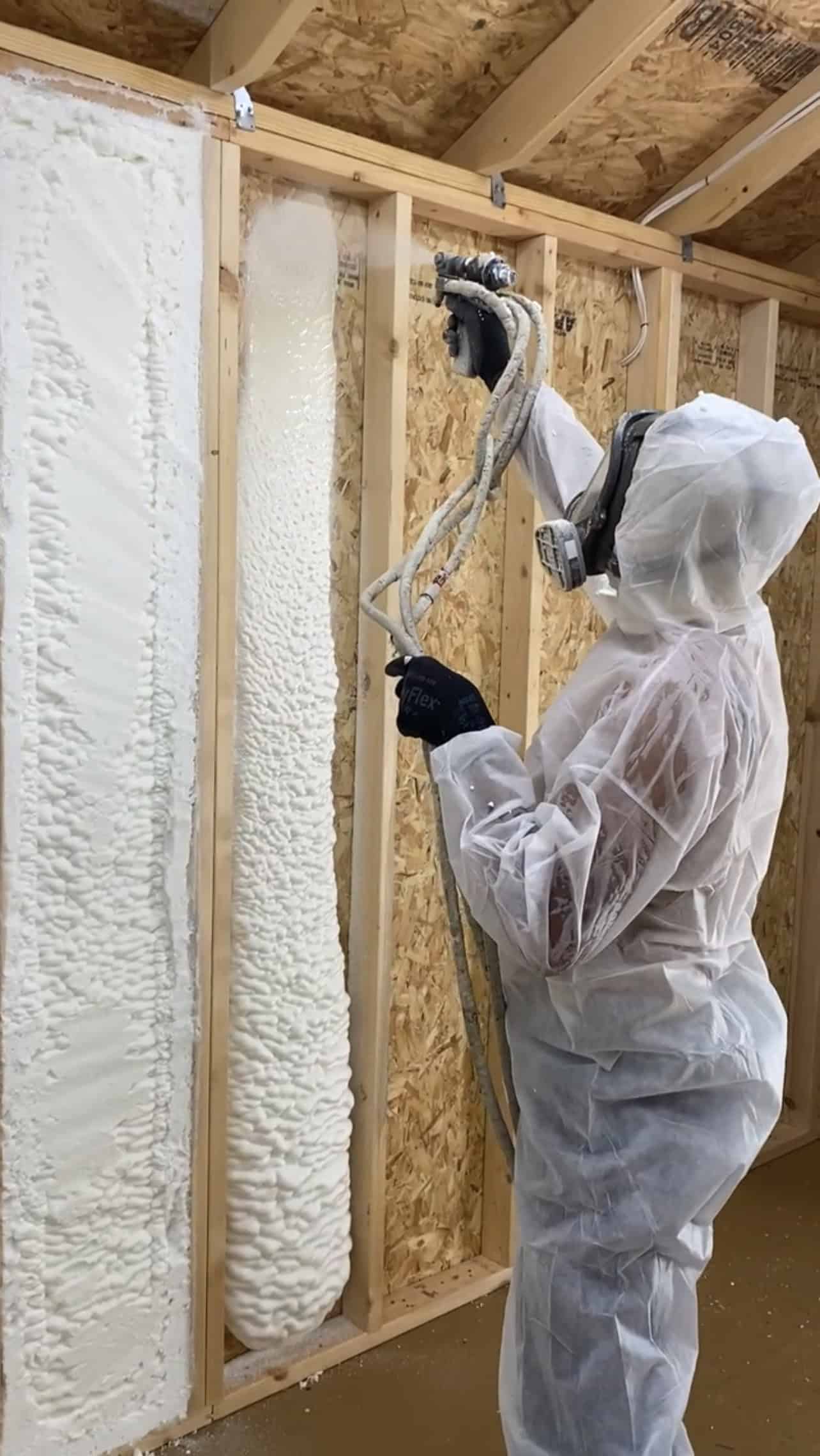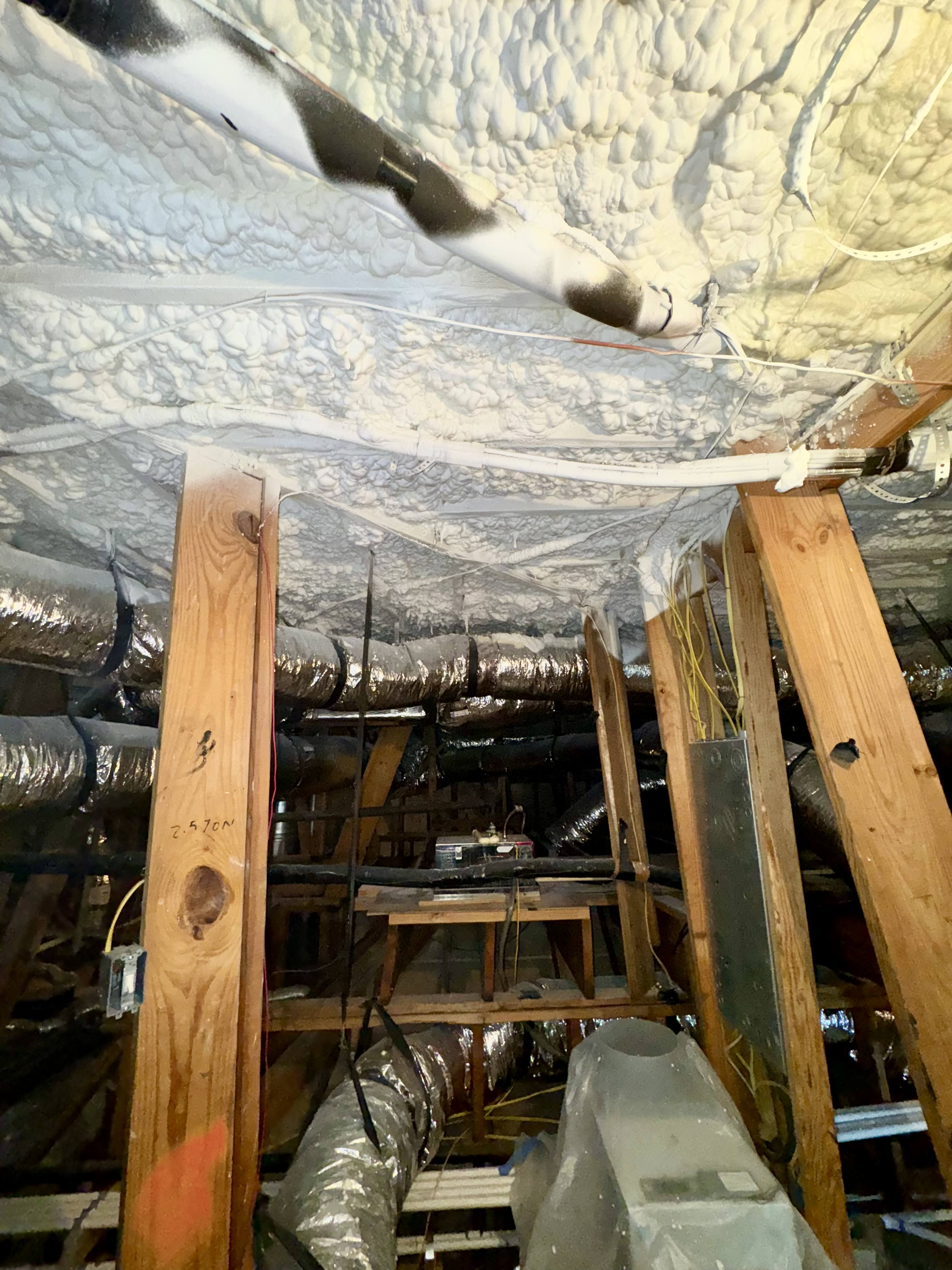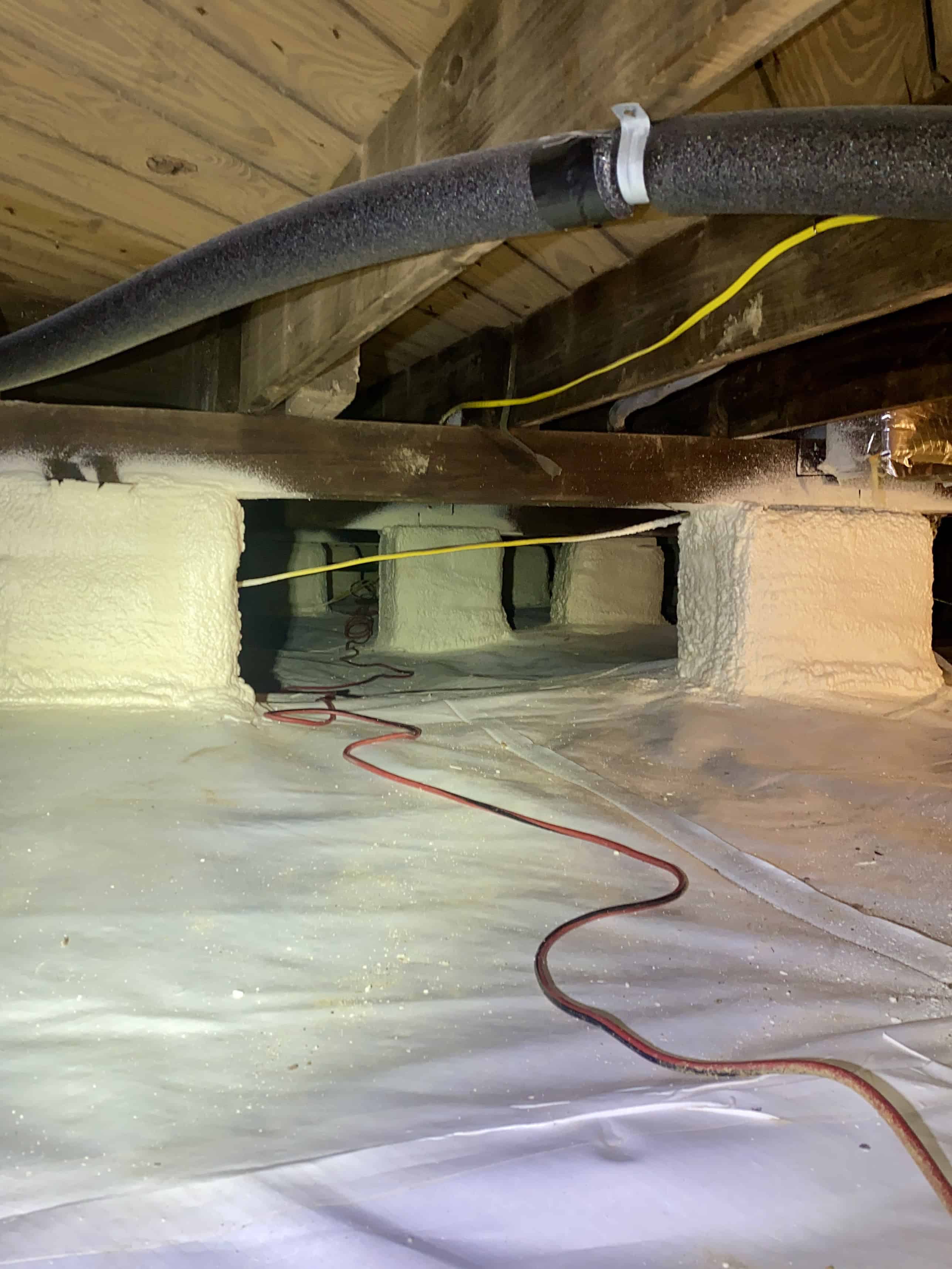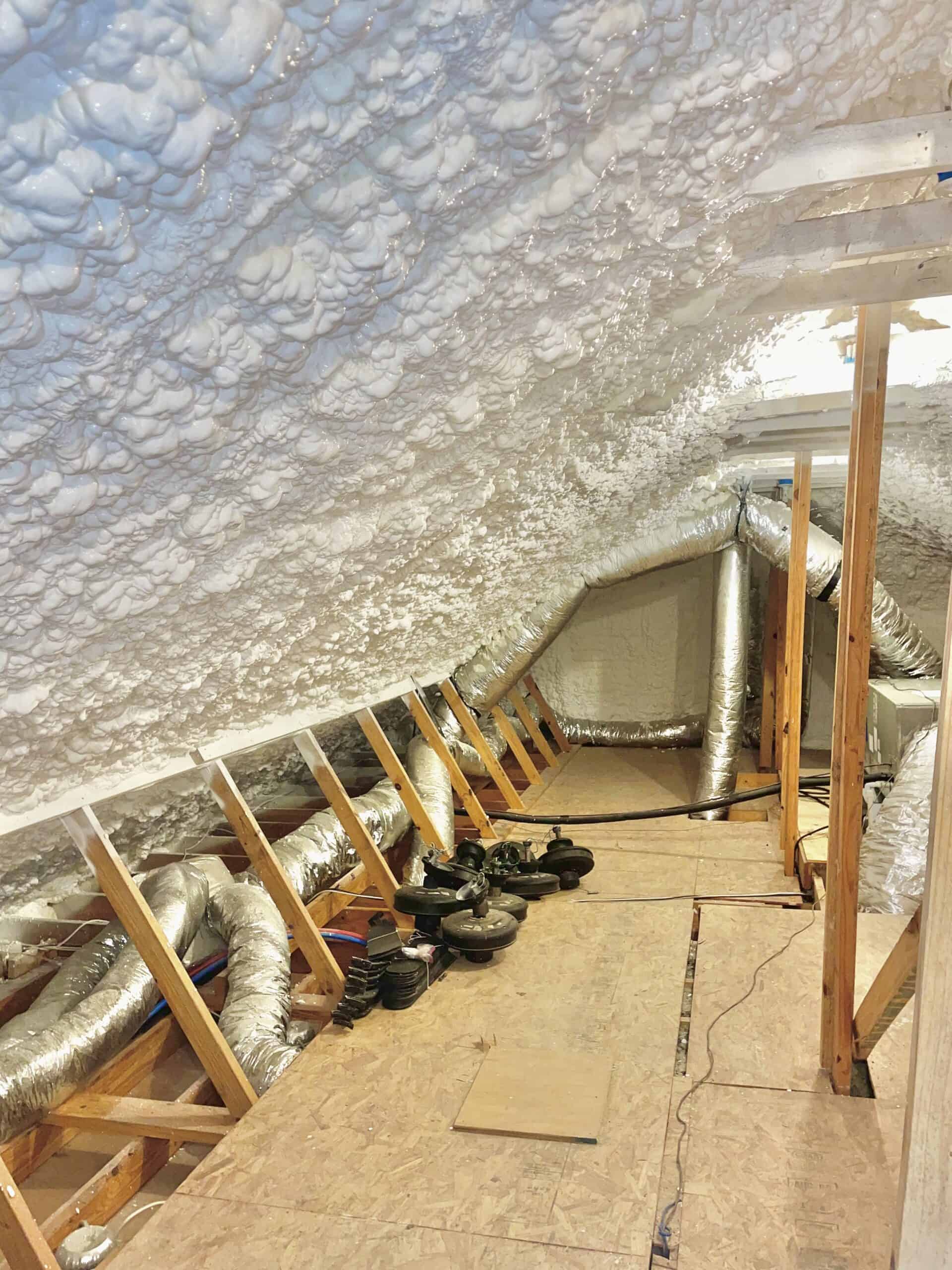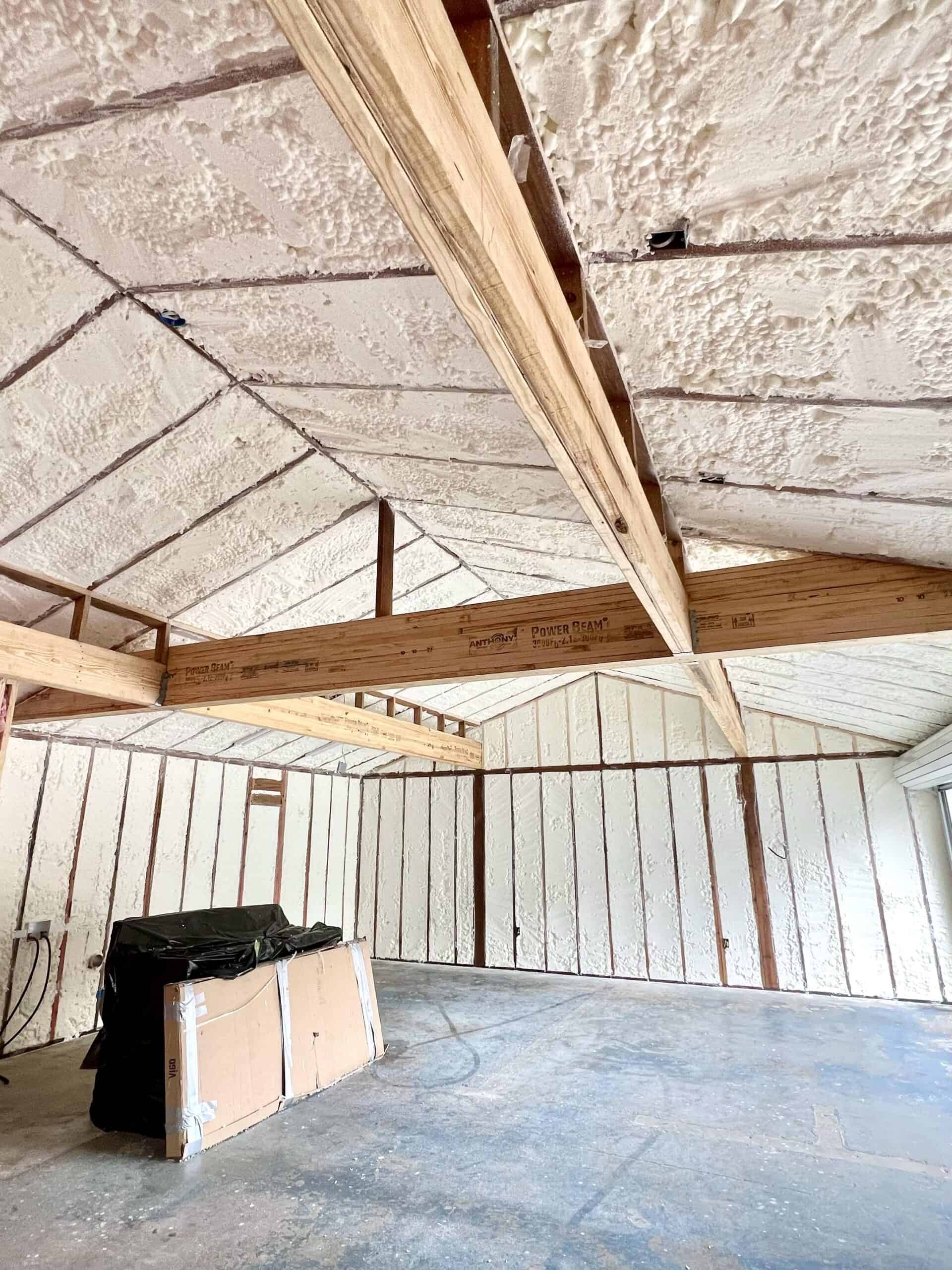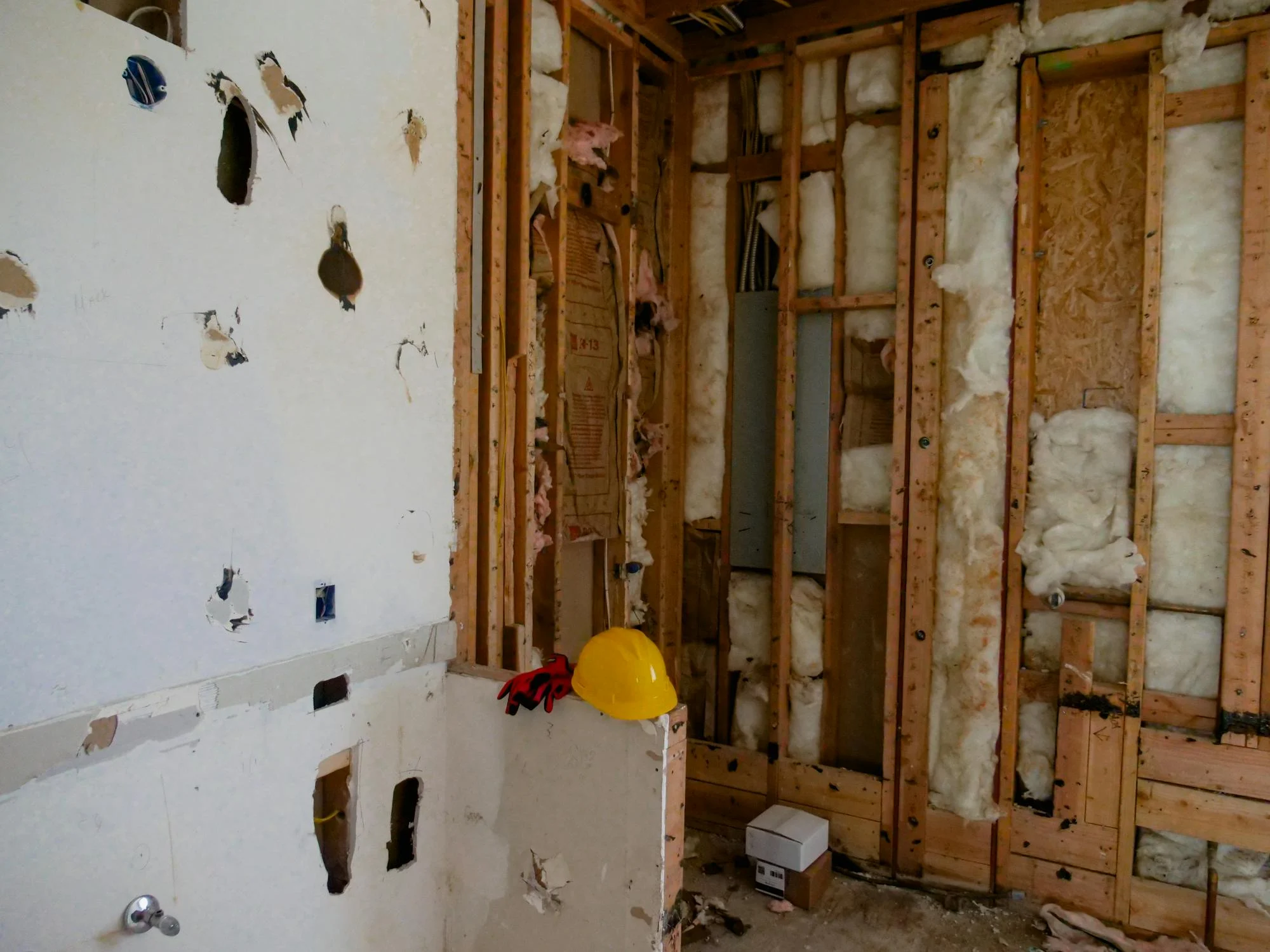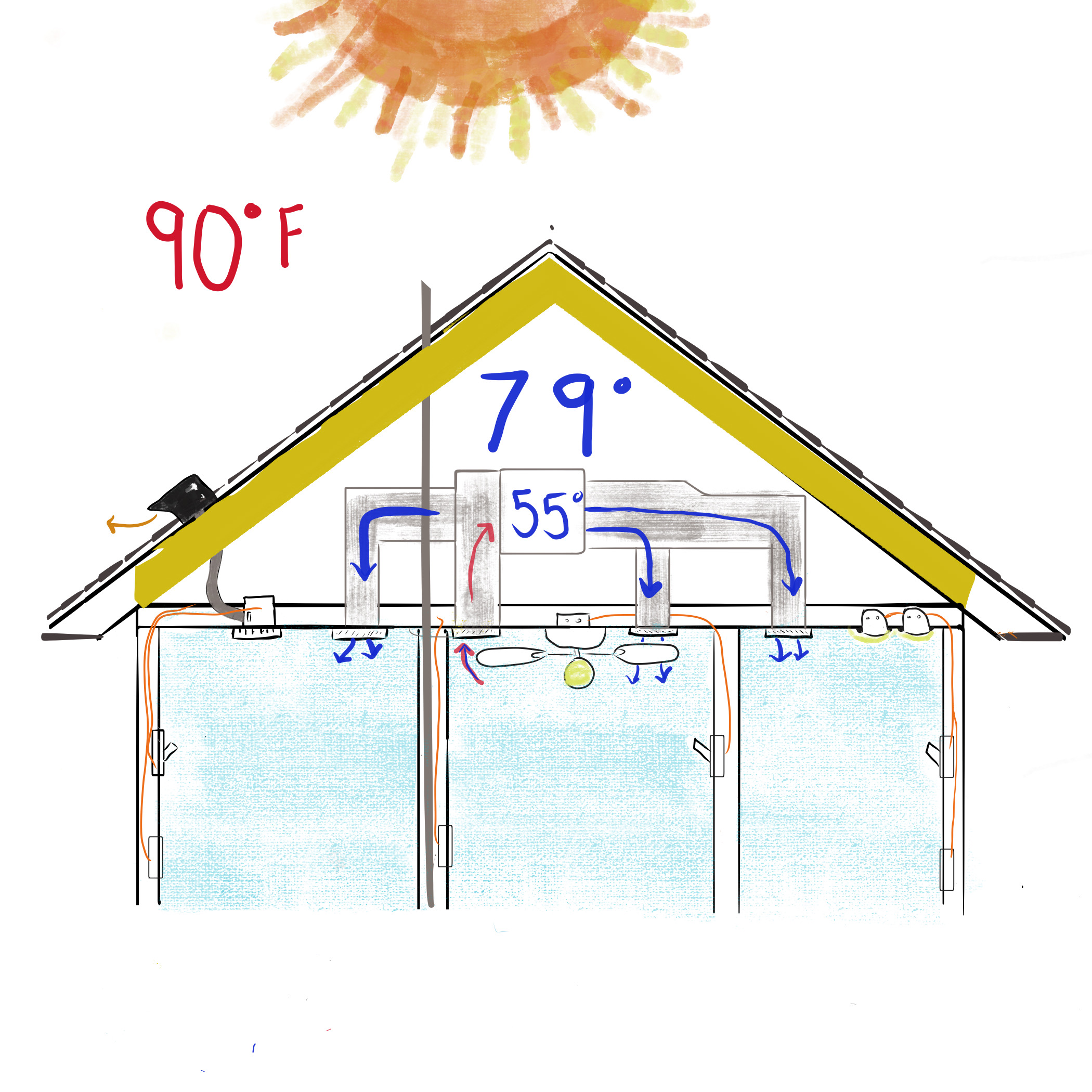The correct amount of attic insulation is vital for keeping your home comfortable and energy-efficient. Many homeowners wonder how much insulation is enough. Too little insulation leads to energy loss, while too much can be wasteful. Understanding how many inches of insulation you need is key. Factors like climate and your attic’s size affect your needs. If you’re looking for effective insulation options, spray foam might be a great choice. It can provide excellent coverage and help maintain a consistent temperature throughout the year.
Factors That Determine Insulation Thickness
Climate Considerations
Climate is one of the biggest factors in determining how much insulation your attic needs. In colder climates, thicker insulation is required to keep heat in and prevent energy loss. This helps maintain warmth inside your home, especially during the winter months. In warmer areas, the goal is to keep your home cool. Adequate insulation helps reduce the load on your air conditioning system. The U.S. Department of Energy recommends specific insulation levels based on your location. For example, homes in colder climates may need more insulation compared to those in milder areas. Always check local guidelines to know what’s best for your area.
Attic Size and Type
The size and type of your attic play a key role in determining the right amount of insulation. Larger attics need more insulation to cover the extra space. You’ll need to consider the square footage when calculating how much insulation is required. If your attic has a lot of open space, it may require more insulation to maintain the right temperature. The type of attic also matters. For example, vaulted or cathedral ceilings may need extra insulation to help prevent air leaks. Insulation thickness can vary depending on the construction style. Be sure to assess the attic type and size to determine your needs accurately.
Recommended Insulation Levels for Different Areas
Insulation for Cold Climates
In cold climates, keeping your home warm and comfortable is a priority. Attic insulation helps trap heat inside, which prevents it from escaping through the roof. Homes in colder areas typically need thicker insulation to achieve this. The U.S. Department of Energy recommends an R-value of around 49 to 60 for attics in cold climates. R-value measures the insulation’s ability to resist heat flow. Higher R-values indicate better insulation performance. Adding the right amount of insulation in your attic can reduce heating costs during winter and prevent drafts, making your home more energy-efficient and comfortable.
Insulation for Hot Climates
In hot climates, the focus is on keeping your home cool and reducing air conditioning costs. Proper attic insulation prevents heat from entering your home, which can make it feel much warmer. In these areas, lighter insulation with a lower R-value may be suitable. For hot climates, an R-value of around 30 to 38 is often recommended. This keeps the heat outside while allowing cool air to stay inside. Insulating your attic in hot climates can reduce the load on your air conditioning system and keep your home at a comfortable temperature year-round.
How to Measure Your Attic’s Insulation
Tools You’ll Need
To measure your attic’s insulation, you’ll need a few basic tools. First, grab a tape measure to check the thickness of the insulation. You may also need a ruler or a yardstick if your insulation is packed tightly. A flashlight will help you see inside hard-to-reach areas. A ruler will also be handy if you’re measuring batt or roll insulation, which often comes in specific thicknesses. A notepad or smartphone will let you keep track of the measurements. These simple tools will allow you to measure your attic’s insulation accurately and determine if you need to add more.
Step-by-Step Process
Measuring your attic’s insulation is easy if you follow a few simple steps. First, find an area of the attic where you can easily access the insulation. Measure the depth of the insulation with a tape measure. Do this in multiple spots across the attic to get an average. Record the measurements in your notebook or on your phone. Next, check the type of insulation. Batt or roll insulation is easy to spot, while spray foam may require a visual inspection to see how thick it is. Once you have all your measurements, compare them to the recommended insulation levels for your area. If your attic insulation falls short, it may be time to add more.
Benefits of Proper Insulation in Your Attic
Reducing Energy Bills
Proper attic insulation helps reduce your energy bills. It works by preventing heat from escaping in the winter and keeping cool air inside during the summer. Without enough insulation, your heating and cooling systems work harder to maintain a comfortable temperature. This means higher energy usage and more money spent on utilities. By adding or upgrading insulation, you can lower energy consumption. The Department of Energy estimates that homeowners can save up to 20% on heating and cooling costs by improving attic insulation. It’s a simple way to make your home more energy-efficient and save money over time.
Increasing Home Comfort
Good attic insulation helps maintain a steady temperature throughout your home. In the winter, it keeps warm air inside, preventing cold drafts. During hot weather, it stops heat from entering, making it easier to keep your home cool. This results in a more comfortable living environment. Proper insulation also reduces temperature fluctuations in different rooms, making every part of your home feel just right. With consistent temperatures, you won’t need to constantly adjust the thermostat. This leads to a more comfortable, relaxed home for you and your family all year round.
When to Replace or Add More Insulation
Signs Your Insulation is Ineffective
Over time, insulation can lose its effectiveness. Several signs indicate it’s no longer doing its job. One of the most obvious signs is noticeable temperature fluctuations in your home. If certain rooms are colder in the winter or hotter in the summer, it could mean your insulation is no longer working properly. Another sign is higher energy bills. If you notice an increase in heating or cooling costs, it may be because your insulation is not providing enough protection. Finally, check for visible damage in your attic. If you see gaps, mold, or signs of moisture, your insulation may need replacing.
How to Tell If You Need More Insulation
If your attic is poorly insulated, it might be time to add more. Start by measuring the thickness of your current insulation. If it’s less than the recommended level for your area, you likely need more. You can also check the R-value of your insulation. If it’s lower than what’s recommended for your climate, upgrading your insulation can improve comfort and energy efficiency. Another way to tell if you need more insulation is by checking for drafts in the attic. If air is easily moving through your attic, it’s a sign that your insulation is not thick enough. Adding more insulation can fix these issues.
Get the Right Attic Insulation with First Defense Insulation
Attic insulation plays a significant role in your home’s comfort and savings. If you feel temperature fluctuations are too frequent, it might be time to check your attic insulation. Having the right amount can save energy costs and create a more consistent indoor temperature. If you aren’t sure about your attic’s insulation level, don’t wait. First Defense Insulation can help you find the best solution for your home. Call us today at 713-808-9853 or visit us at 12 Greenway Plaza, Suite 1147, Houston, Texas 77046 for more details.
